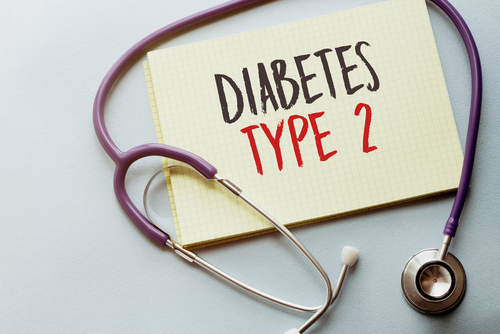
To examine kidney endpoints between patients with type 2 diabetes 36 months after they began taking a sodium-glucose cotransporter-2 inhibitor (SGLT2i) or glucagon-like peptide 1 receptor agonist (GLP-1RA), Candis M. Morello, PharmD, and colleagues conducted a retrospective cohort study. Secondary goals of the study included comparing changes in estimated glomerular filtration rate (eGFR), hemoglobin A1c (HbA1c), weight, and urine albumin-creatinine ratio (UACR).
The study included 29,146 propensity score–matched veterans with type 2 diabetes and baseline eGFR >20 mL/min per 1.73 m2 who started taking an SGLT2i or GLP-1RA (n=14,573 for each group) between April 1, 2009, and September 1, 2020.
The researchers used Cox proportional hazard models to assess the effectiveness of each therapy in achieving a composite endpoint (decline of ≥40% in eGFR from baseline, end-stage renal disease [ESRD] event, and all-cause mortality) and its components, adjusting for baseline characteristics. They used spline models to evaluate eGFR changes and linear mixed-effects models to assess changes in HbA1c, weight, and UACR.
The primary analysis took an intent-to-treat (ITT) approach, which was followed by a per-protocol (PP) approach, excluding participants who discontinued or changed therapy during the study period. In both analyses, participants who initiated SGLT2i therapy had a 35% (hazard ratio [HR], 0.65; 95% CI, 0.62-0.68) and 34% (HR, 0.66; 95% CI, 0.62-0.69) reduction in the hazard of experiencing the composite endpoint compared with participants who initiated GLP-1RA therapy, respectively, adjusting for baseline characteristics.
In both ITT and PP analyses, between six and 36 months, an improved chronic eGFR slope was found with SGLT2i compared with GLP-1RA (+1.19 mL/min per 1.73 m2; 95% CI, 0.93-1.45 and +1.29 mL/min per 1.73 m2; 95% CI, 1.01-1.57). The annual differences in chronic eGFR slope in both analyses were +0.97 mL/min per 1.73 m2 per year (95% CI, 0.82-1.11) and +1.08 mL/min per 1.73 m2 per year (95% CI, 0.92-1.25), respectively.
HbA1c, weight loss, and UACR improved for both groups.
In summary, in a cohort of veterans with type 2 diabetes, the initiation of an SGLT2i was associated with a reduced hazard of mortality, worsening eGFR, or development of ESRD, as well as improved glycemic, metabolic, and renal endpoints compared with GLP-1RA initiation.
Source: Kidney360

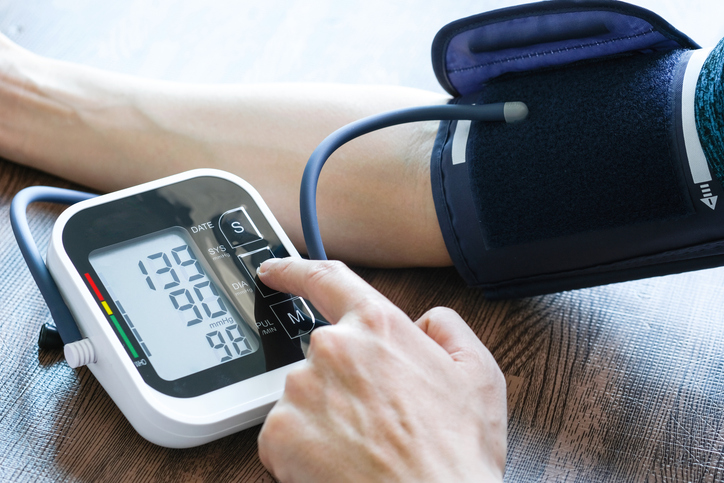

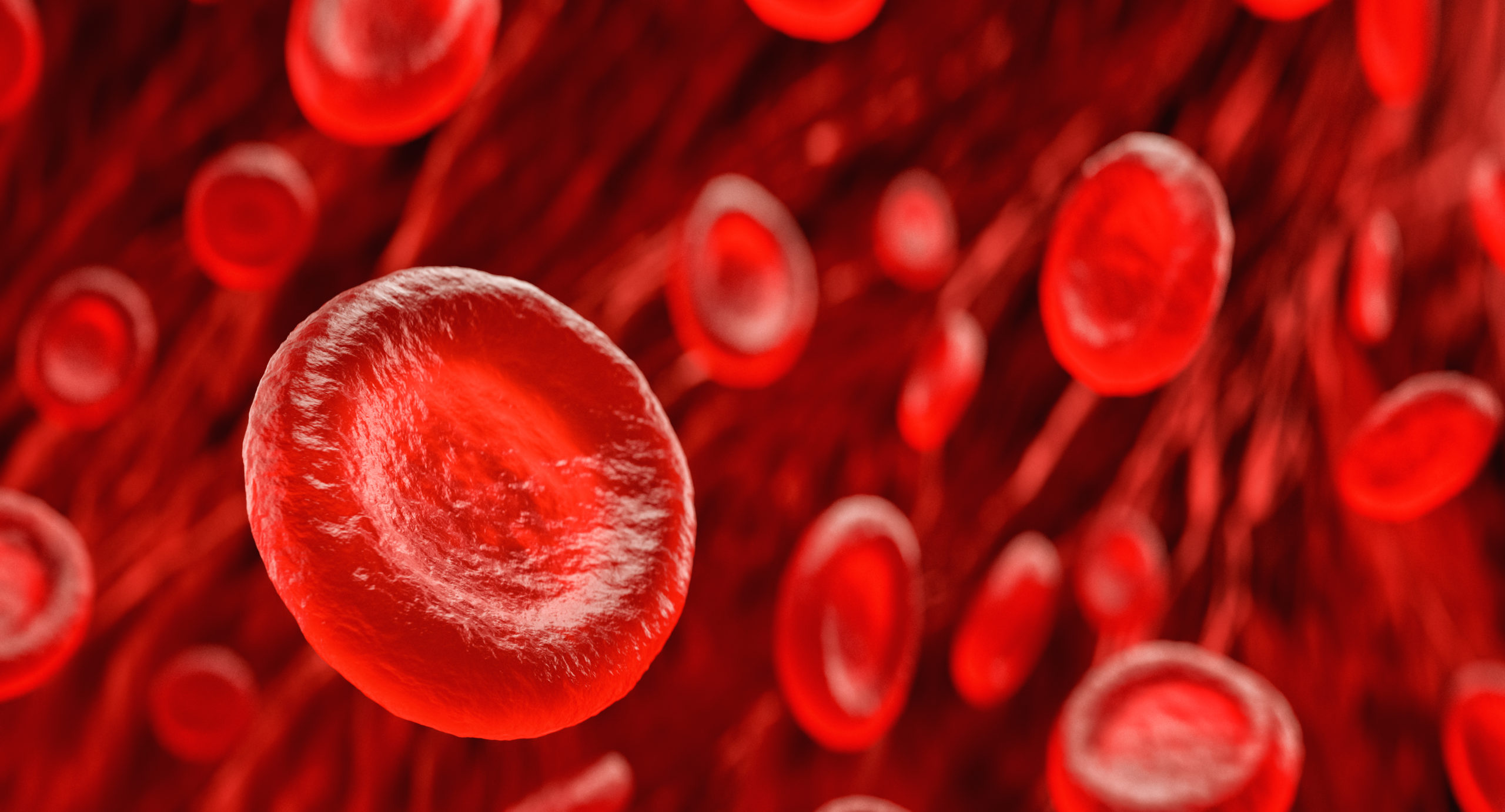
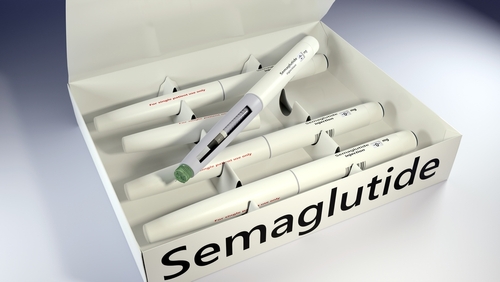
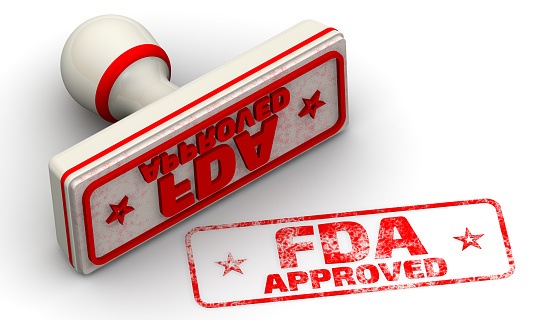

 © 2025 Mashup Media, LLC, a Formedics Property. All Rights Reserved.
© 2025 Mashup Media, LLC, a Formedics Property. All Rights Reserved.